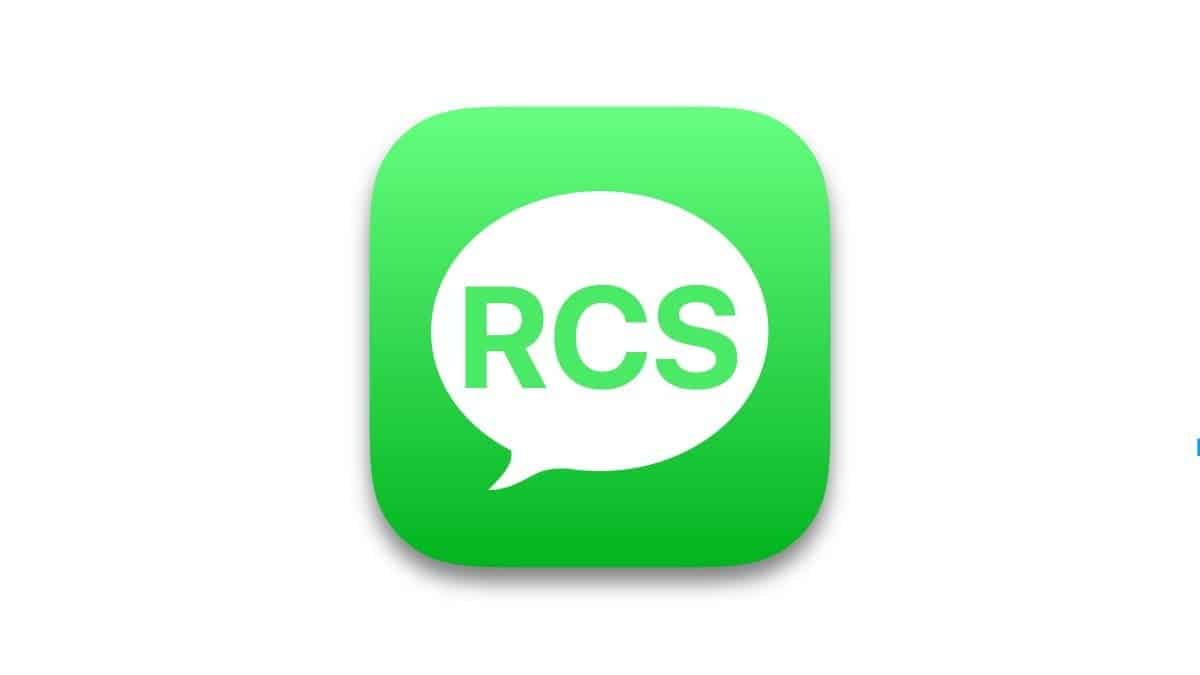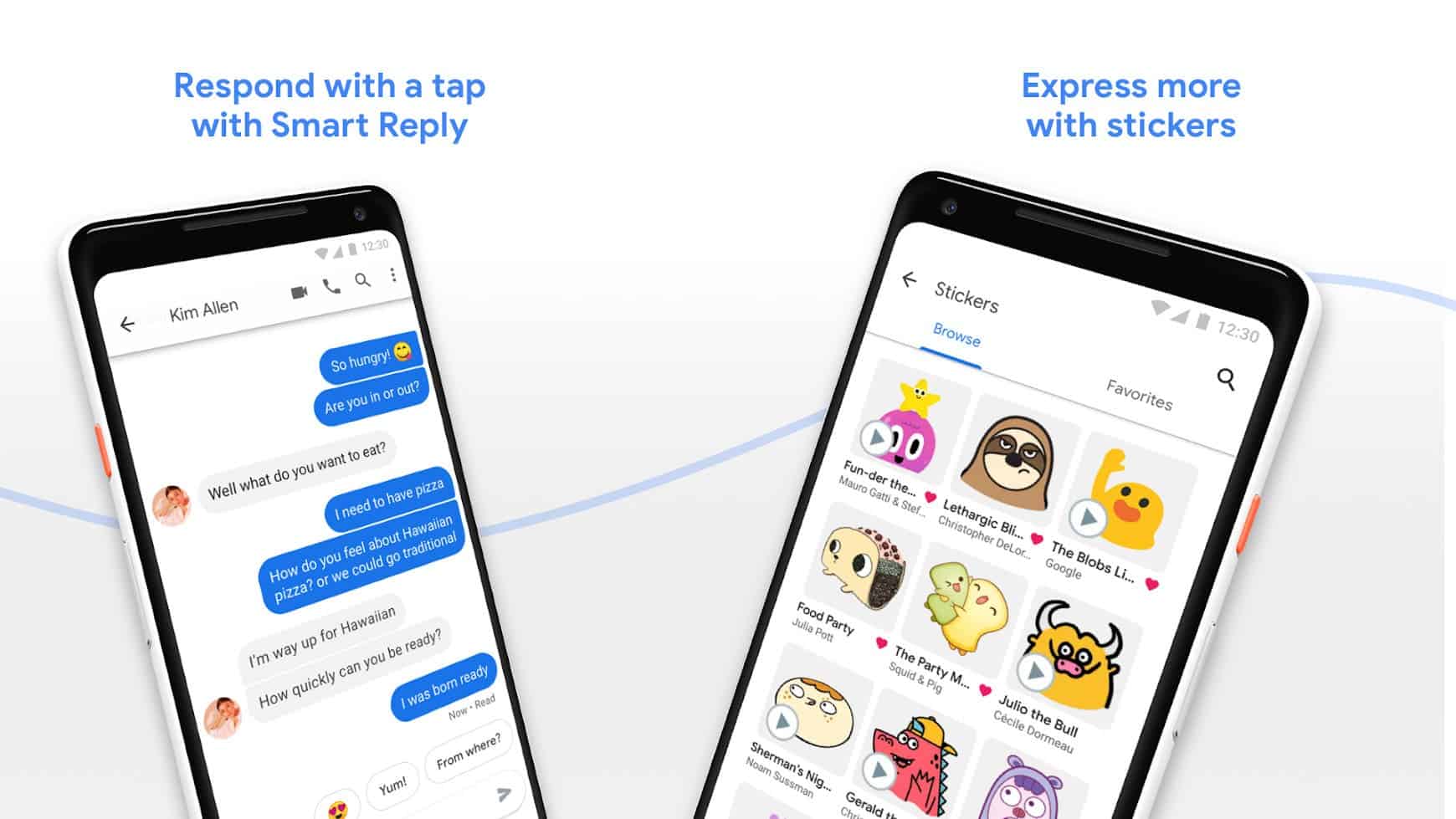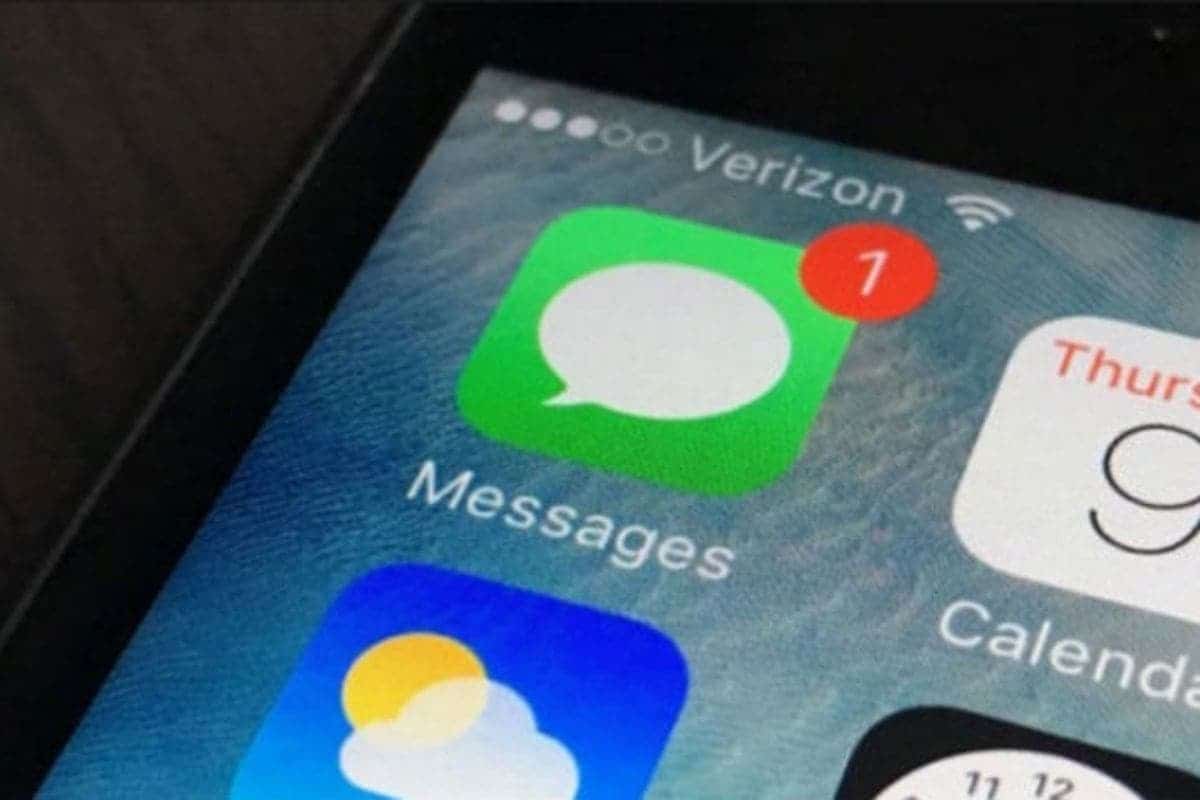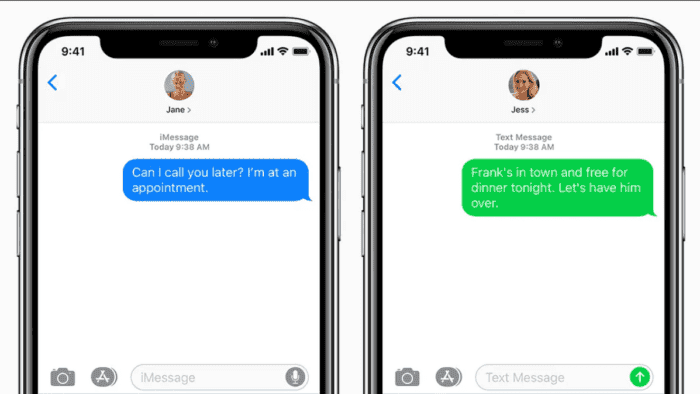Recently, at the MWC 2023, the senior vice president of Platforms and Ecosystems at Google, Hiroshi Lockheimer, sat down for an interview to discuss RCS messaging with 9to5Google. While he didn’t reveal much about Google’s future plans for RCS, Lockheimer did provide some insight into the history of the technology and how Google views it.
To provide some context, RCS was introduced by the GSMA in 2008 as the successor to SMS. The GSMA is a group with over 750 mobile operators and over 400 companies in the mobile ecosystem. Their main goal was to create a modern communication protocol that did not rely on voice networks, as SMS did. SMS was outdated, inefficient, and not secure. RCS was designed to replace it.
RCS is the solution for messaging problems

A few years after RCS was introduced, GSMA approached Google about the standard at MWC. After investigating RCS, Google realized that SMS was nearly 20 years old at the time and needed to be modernized. This was before iMessage was announced – Apple had figured out the same thing and decided to implement iMessage as their answer to the aging protocol.
This was the start of RCS for Google and the Android team. However, carriers had different ideas of how they wanted to implement RCS, so there was still no cross-carrier messaging in 2015. Instead, it was limited to only carrier-to-carrier messaging and even specific devices using specific apps. If you decided to get an Unlocked phone rather than through a carrier, there was no way to access RCS at all. Effectively, RCS was worthless.
The turnaround point for RCS was with Universal Profile. Universal Profile was a set of basic RCS features that were all supported in the same way by all carriers using RCS. This included typing indicators, read receipts, leaving group chats, lossless image sharing, file transfer, and more. Universal Profile meant that RCS would finally become cross-carrier and feature-rich in a meaningful way!
In 2019, Google decided to roll out RCS Chat, a simple addition to Google’s Messages client that allowed any user to get access to the most basic features of RCS without relying on their carrier to support Universal Profile or device OEM to support RCS. This made RCS accessible to the masses and allowed it to live up to its potential. As of Google I/O last year, Google’s RCS service had 500 million users. A number Lockheimer said is much bigger now.
One of the major comments with RCS rolling out to more users, and pushing Apple to support it, is third party apps. Why not just install WhatsApp or Telegram or Signal? Why do you need RCS? The typical person doesn’t, but it doesn’t hurt for the default to be a little better.
RCS on Android isn’t here to replace the rest of your apps. Signal is still the place you go if you’re looking for incredibly secure messages. Telegram and Discord are where you go when looking for groups or to talk to your friends. WhatsApp, Facebook Messenger, Snapchat, Instagram, that’s where you go for friends and family. Google isn’t trying to change this; they don’t want to change this. Every app has its purpose, and Google doesn’t think RCS will change that. Google just wants something better as the default.
Lockheimer said, “Our research shows that the typical person uses 3 to 4 messaging apps, whether that’s WhatsApp or Snap. That’s great. We’re not trying to build RCS into the one app to rule them all.”
So, while RCS may not replace other messaging apps, it does provide a better default option for Android users. It’s important to note that RCS is not just about messaging. It’s about creating a richer, more interactive experience, including sharing images and files, among other things.
Google’s vision about RCS

After speaking with Google about RCS messaging, it became clear that they are invested in making RCS a popular messaging platform beyond just Android devices. Many have speculated about why Google is pushing for this change, with some believing it’s to collect data. However, the fact that end to end encryption is on by default makes this theory unlikely. Others believe that Google wants to break down the barriers of Apple’s walled garden, but this theory falls apart when considering Apple’s ability to maintain the garden while also improving security and user experience.
In reality, the focus on RCS likely comes down to verified messages and RCS for business. With RCS for business, Google and other providers can sell businesses access to better messaging with their customers. For example, Best Buy could use RCS to provide QR codes and the ability to send messages when a customer is in the store. Google offers this service to businesses as part of Jibe, which uses RCS to provide rich communication experiences.
By making RCS a popular messaging platform, especially among iPhone users who are generally willing to spend more money through their phone, Google can sell their B2C communication services to more businesses. Additionally, linking Google accounts to send full resolution photos in Google Photos further encourages the use of RCS.
RCS: Android vs iPhone

Messaging has been solved for Android users, with Google Messages and RCS chat being the default messaging client on new devices, and an official Google app available for older devices via the Play Store. The modern messaging and RCS fundamentals have been resolved on Android, with Android users having access to RCS globally that is peer to peer encrypted using the Signal protocol for both person-to-person and group chats (currently in beta) with up to 100 people.
The problems with SMS no longer exist for the majority of Android users, but iPhone users are facing issues. iPhone users have iMessage, while Android users have RCS. The only way for there to be native, phone number based cross communications is with an outdated 20 year old protocol. The experience of using this protocol is the worst, with images and videos appearing worse, and group chats becoming a mess of delayed messages that cannot be left.
This protocol is not secure, which is concerning as one of the most popular forms of two factor authentication is through a text message. However, RCS allows businesses to use RCS Universal Profile with the Signal protocol to encrypt these messages. This means that theoretically, customers using two-factor with Android could have more security than iPhone users. However, this hasn’t rolled out yet and likely won’t until it’s worth the investment, like it would be if iOS supported RCS.
Hiroshi suggested that Apple should support RCS for iPhone users to have better security. He pointed out that Apple talks about how privacy is a human right and how important it is to them. He feels that it’s a technology that’s available now and it would be great if it could be available to iPhone users for better security and experience. Android users are currently texting each other with total security. And now it’s bizarre because when they interact with iPhones, they have to deal with a degraded security experience.
The RCS debate continues, with many tech enthusiasts and industry insiders mentioning the previous horrendous experience as the basis for why Apple shouldn’t support it. However, the focus should be on how to proceed rather than how it happened. Nobody is asking for all of Apple’s apps on Android. But users want something better and more secure than SMS.
In conclusion, RCS has come a long way since its introduction in 2008. With Universal Profile and RCS Chat, Google has made it accessible to a wider audience. And it has become a better default option for Android users. While it may not replace other messaging apps, it does provide a more feature-rich, interactive experience, which is a step in the right direction.





